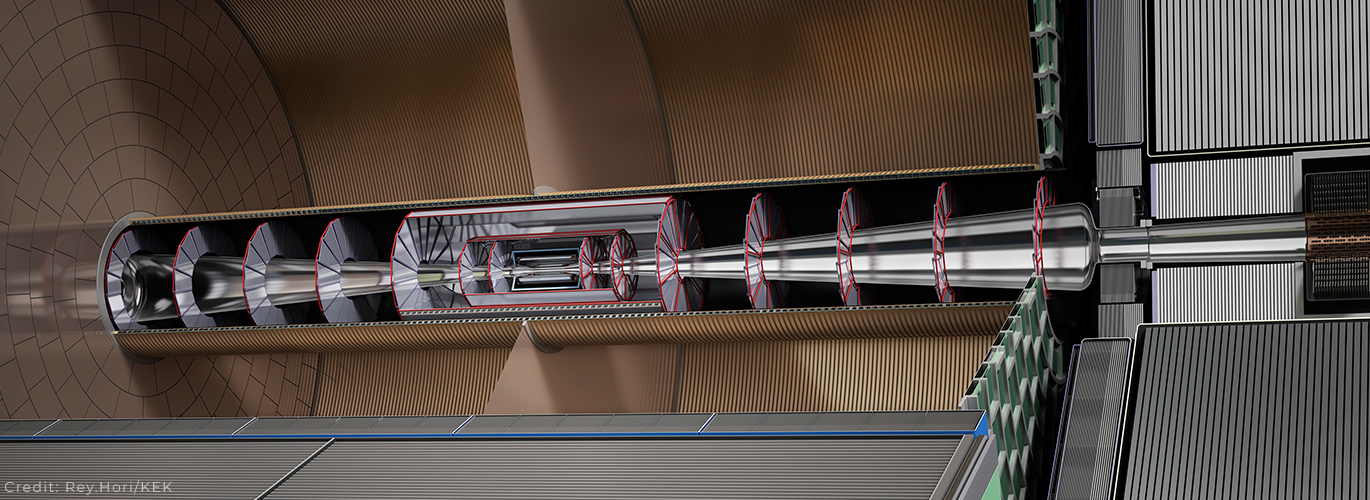
PERFORMANCE STUDIES AND DETECTOR OPTIMIZATION
The best detector and analysis techniques for the future of particle physics with colliders

All future lepton colliders foresee having detectors designed and optimised to use the so called Particle Flow reconstruction algorithms (PFA) in order to reconstruct and separate individual particles produced in the collisions and to maximally exploit tracking capabilities of the inner detectors. The International Large Detector (ILD) is one of the proposed detectors to collect and exploit the ILC data. To accomplish the desired physics goals using the PFA the ILD design and the event reconstruction tools have to be optimized. The AITANA group is very active in this front.

The ILD design is oriented to exploit the maximum capabilities of the PFA. Therefore, it is required to have a large radius and to have a large magnetic field to sweep out charged tracks even in the calorimetric systems. Having a high magnetic field also helps by confining in the beam pipe most of the low energy electron pairs produced by the high beamstrahlung background expected at the ILC. It is also requires very precise tracking systems featuring low material budget to maximize the primary and secondary vertex reconstruction and the quark tagging. The innermost layer of the tracking system will be placed at 16 mm of the interaction point. For the optimization of the matching between calorimetric hits and reconstructed tracks in the inner detector a high granularity calorimetric system is required. Furthermore, unprecedented angular coverage and hemicity is required to meet the tight physics requirements. The ILD layout can be divided in four main groups: the inner vertexing and tracking systems, the calorimetric systems, the magnetic coil and the muon detection system. For all the subsystems, several technological solutions are under discussion.
The physics analyses that are carried out by members of AITANA involving top, heavy quarks and Higgs in the final states, require having optimal reconstruction algorithms and detector designs. In AITANA, we have developed a new jet algorithm for lepton colliders (the VLC algorithm) and have led the design of the forward tracking systems. In addition, we contribute actively to the optimization of particle identification algorithms using the time-projection-chamber foreseen at ILC and proposing new ones that rely on precise time measurements. All these activities are based on the synergies between physics analysis, detector R&D and simulation studies.
M. Vos is member of the Executive Board of ILD.
A. Irles is co-convener on the ILD Software group for detector optimization.

